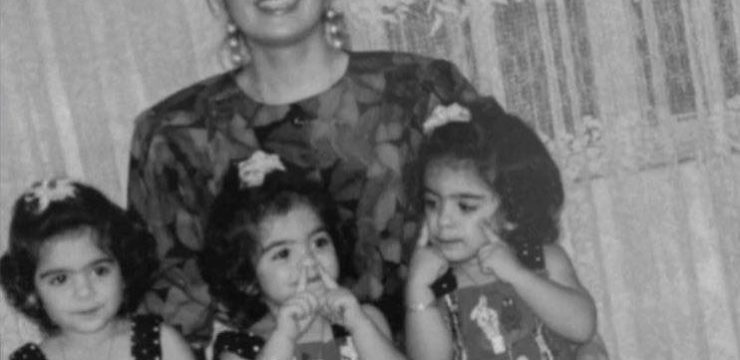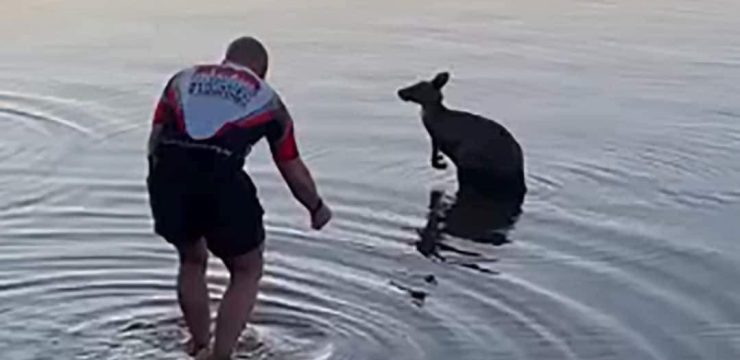In a truly astonishing case that has left scientists scratching their heads, a Turkish family known as the Ulas family defies the norms of human evolution by walking on all fours, using their palms rather than standing upright. This unusual form of movement, which resembles a “bear crawl,” has sparked intense curiosity among researchers and was the subject of a BBC documentary titled “The Family That Walks on All Fours” back in 2006.
The spotlight on the Ulas family came after Professor Nicholas Humphrey, an evolutionary psychologist from the London School of Economics, began studying them. Out of the family’s 18 children, he discovered that six of them exhibited a behavior never seen in modern human adults—walking on their hands and feet. Tragically, one of these six children has since passed away.
Humphrey shared his thoughts on this incredible discovery in an interview with Australia’s 60 Minutes. He confessed, “I never imagined, even in the wildest scientific fantasies, that modern humans could revert to such an animal-like state.” He emphasized how crucial bipedalism—walking on two legs—has been to human identity, differentiating us from the rest of the animal kingdom. “These individuals cross that boundary,” he said, underscoring the profound implications of this discovery.
The documentary, which gained widespread attention, suggested that the Ulas family might be a living link between humans and apes, even hinting at the controversial idea of “devolution,” or a reversal of evolutionary progress spanning millions of years. However, Humphrey strongly criticized this theory, dismissing it as both scientifically unfounded and offensive.
Further studies conducted by scientists at Liverpool University revealed that the children’s skeletons bore closer resemblance to those of apes rather than humans. Surprisingly, they also found that these children had a smaller cerebellum, a rare condition that typically doesn’t affect one’s ability to walk upright. Yet, unlike apes who use their knuckles to move on all fours, the Ulas family used their palms.

Humphrey suggested that the family’s walking style could represent an intermediary stage in human evolution, possibly mirroring a time when early humans had not yet fully developed bipedalism after descending from the trees. He also speculated that a lack of encouragement to walk upright during their early childhood might have contributed to their current condition.
Thankfully, efforts were made to help the affected family members. Through physiotherapy and specialized equipment, they received training to walk upright. Upon returning to Turkey for a follow-up visit, Humphrey was thrilled to see significant improvements in the children’s mobility. This remarkable progress highlights the human body’s incredible adaptability and resilience.
The story of the Ulas family challenges our understanding of human evolution and the body’s capacity for adaptation. What are your thoughts on this extraordinary family? Share your comments below!





